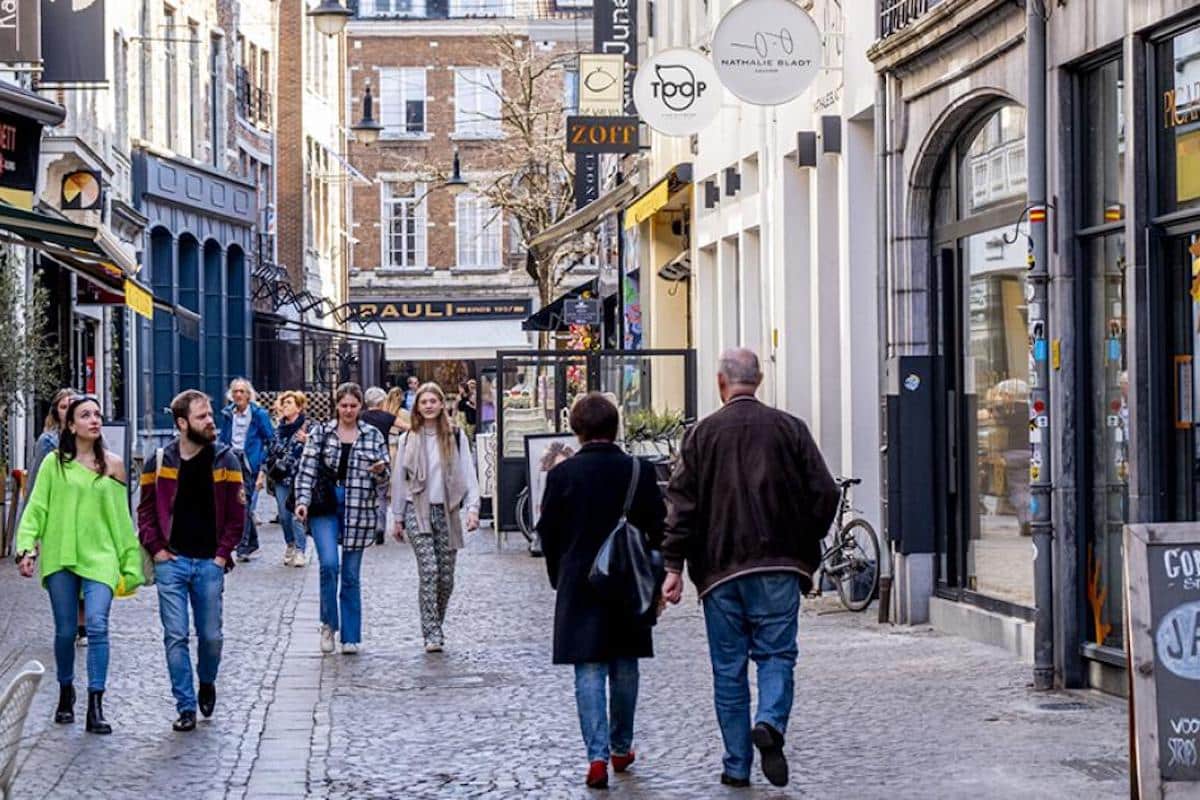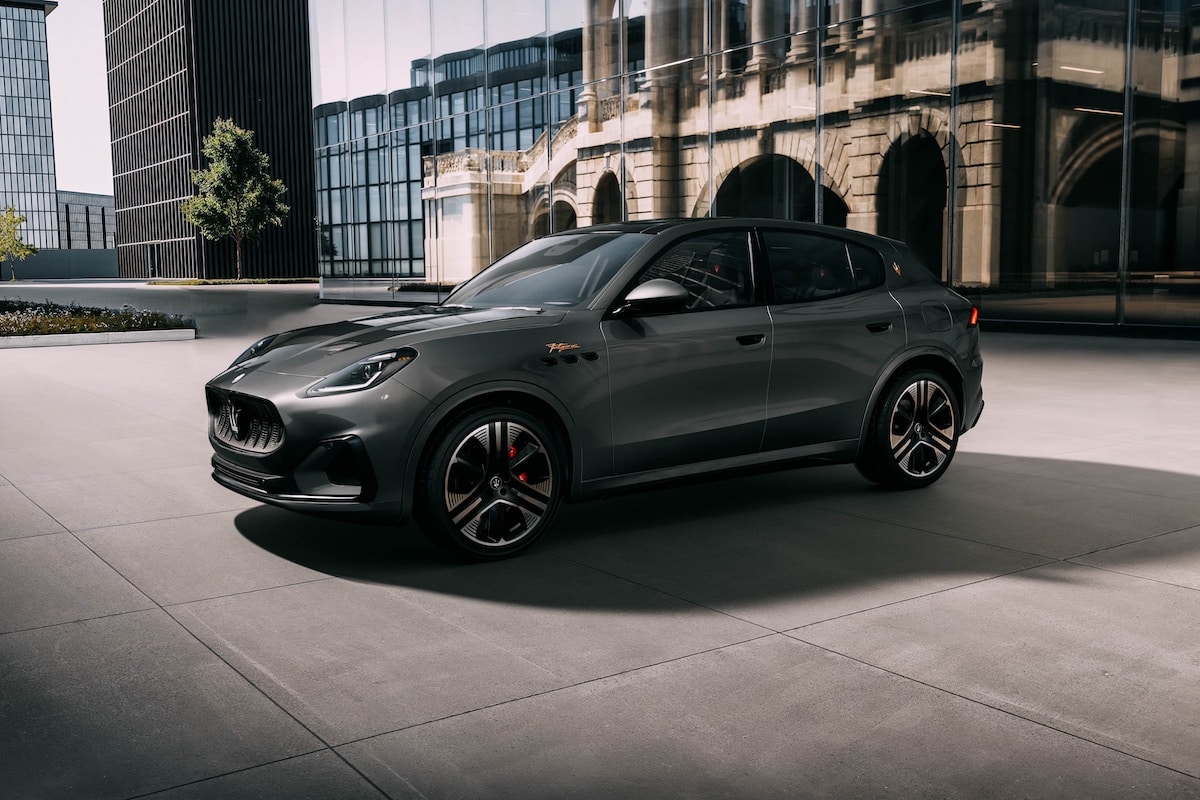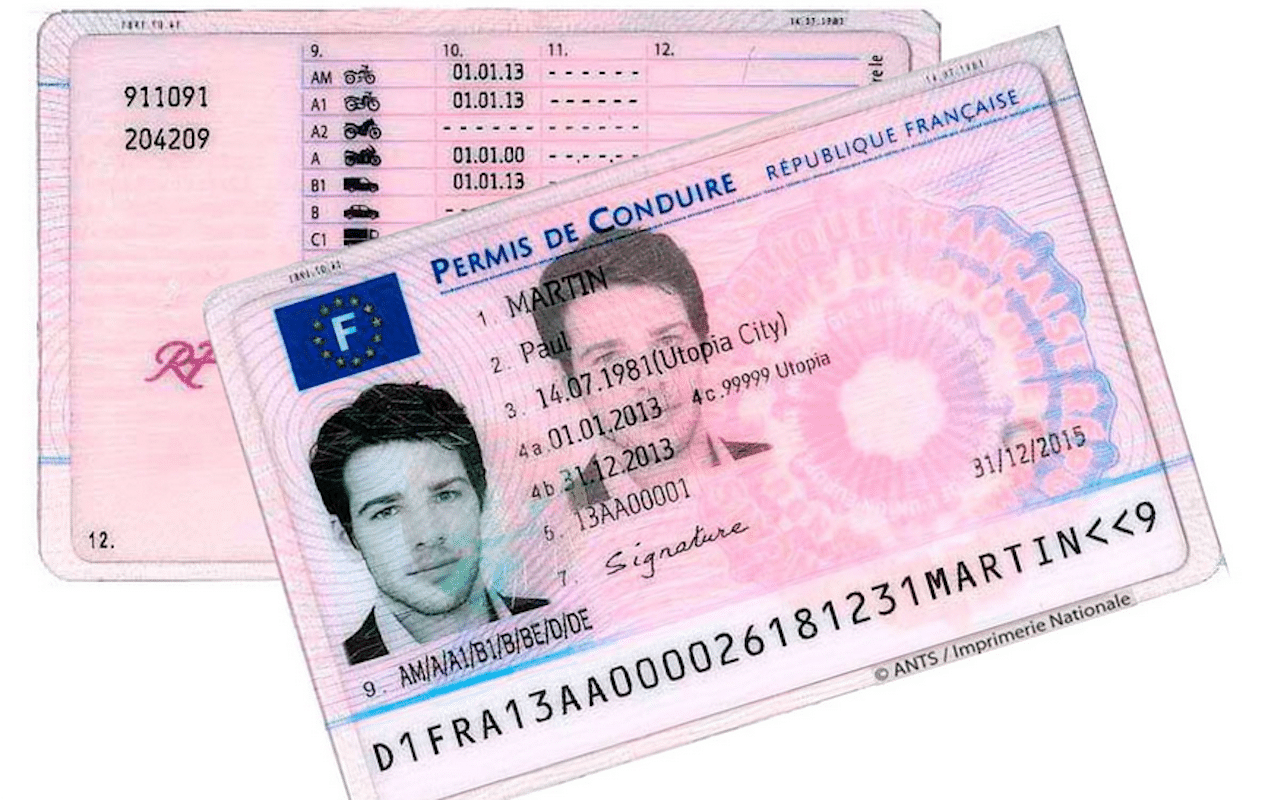European Cities Where Cars Are Banned

The road leading to city centers without cars is straight, but the slope is steep. Some cities have already taken the plunge.
Despite the complaints of habitual whiners, the never-satisfied, and all those who believe that the grass is greener elsewhere without taking the time to see if it really is, European cities are at the forefront of the fight to eliminate cars in city centers. And for good reason—they are among the best in the world regarding public transportation networks. Nevertheless, let’s be realistic, cars are still king in most urban areas. However, some municipalities, from small towns to large metropolitan areas, are quietly leading a revolution to restore public spaces to what they were in the not-so-distant past, without automobiles.
Venice – Italy
Venice does not allow cars mainly because it cannot! Its network of alleys was designed at a time when the largest mobile vehicle was a cart. With 438 bridges and 183 canals, the city built on a lagoon doesn’t even permit bicycles, making it the largest pedestrian-only urban space in Europe.
Pontevedra – Spain
In 1999, Mayor Miguel Anxo Fernandez Lores made a drastic decision to turn his city of Pontevedra into a shining example of virtue. With a population of 80,000, the city successfully transitioned to pedestrianization without major opposition, as the shift was quite obvious. Today, it is the safest city in Spain for pedestrians.
Louvain-la-Neuve – Belgium
This new town, built in 1969 to host the Catholic University of Louvain-la-Neuve, chose pedestrianization during a surge in individual transportation. It is home to the famous Hergé Museum, creator of the reporter Tintin. No point in the city is more than a 10-minute walk from a parking lot.
Rovinj – Croatia
This Adriatic jewel, less famous than Dubrovnik but just as enchanting, is the largest pedestrian zone in Croatia. Shops and hotels in the old town have widely adopted the use of golf carts to cover the last meters from parking areas on the outskirts.
All these examples demonstrate a clear truth. Restricting vehicle traffic is only possible if alternative means are at a satisfactory level. The City Hall of Paris, to name just one, constantly praises its extensive public transport network to justify the increase in anti-car measures. Yes, Île de France Mobilités offers a significant network of transportation options, but how many of them are accessible to the disabled, strollers, or bicycles? Life without cars requires a minimum of effort… and intelligence.
This page is translated from the original post "Ces villes européennes interdites aux voitures" in French.
We also suggestthese articles:
Also read






